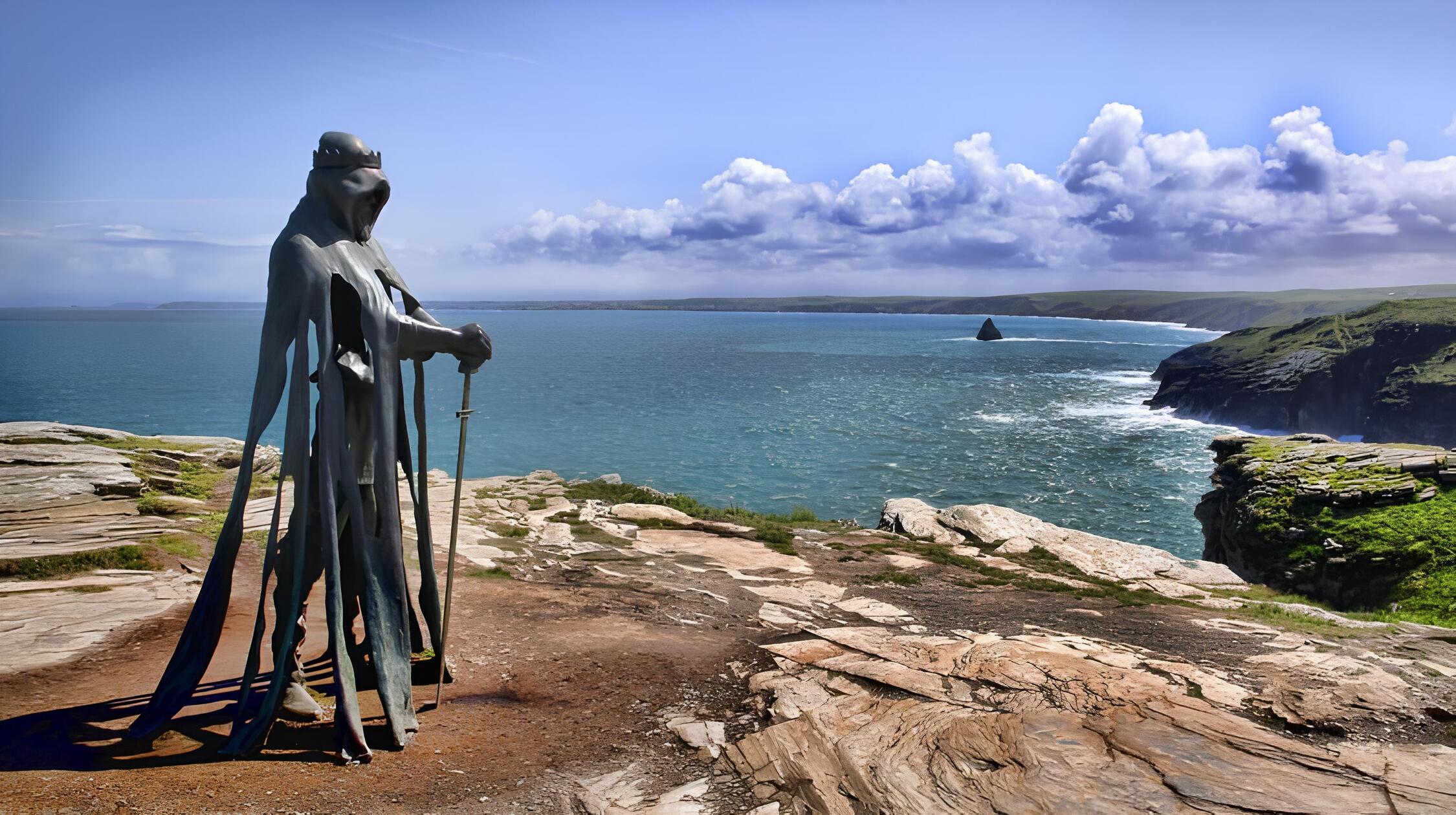The King Arthur statue at Tintagel Castle is more than just a work of art; it’s a symbol that captures the essence of one of the most iconic figures in British history. Crafted by Welsh sculptor Rubin Eynon, the solid bronze statue took over half a year to design, sculpt, and cast.
Transporting and installing the statue was no small feat, given its immense size and weight. A helicopter was used to airlift it to its final location. Named “Gallos,” derived from the Cornish word for power, the statue features a crown and what seems to be the legendary sword, Excalibur.
English Heritage, the organization overseeing Tintagel Castle, has been cautious about confirming whether the statue represents King Arthur. Instead, they suggest that it symbolizes not just Arthurian legend but also the royal lineage and historical significance of the site.
The statue has been met with a more favorable reception compared to previous installations at Tintagel Castle, which faced criticism for being too “Disney-like.” The Gallos sculpture, however, seamlessly blends into its surroundings, adding another layer to the rich history of the castle.
In conclusion, the King Arthur statue serves as a lasting tribute to the enduring power of legend and history. It not only captures the imagination but also stands as a testament to the royal heritage and historical importance of Tintagel Castle.













